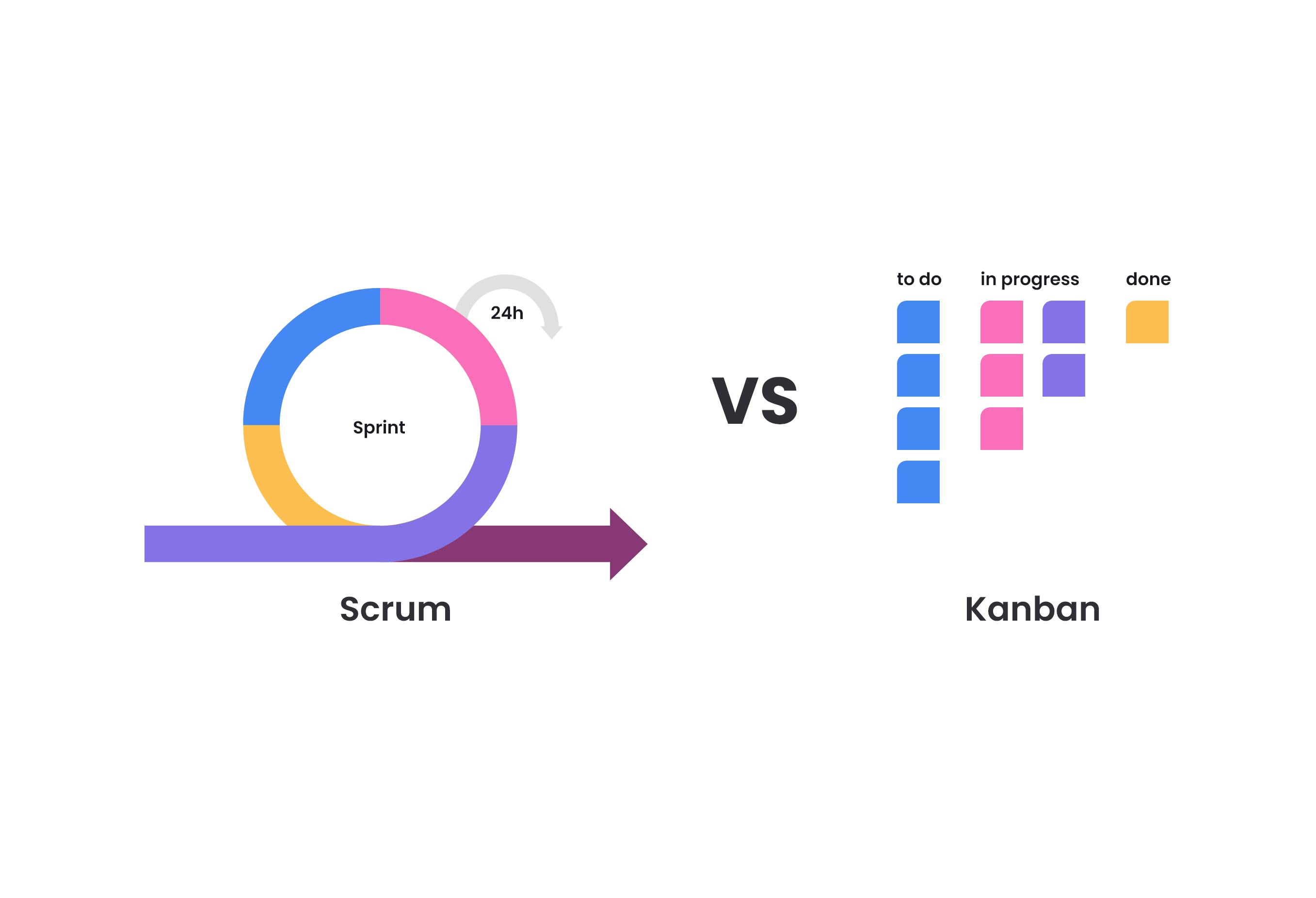Simplifying Agile: Understanding the Basics of Scrum and Kanban for Project Success

When it comes to implementing an agile development or project management system, “Kanban vs. Scrum” is a hot topic. In contrast to Scrum’s structured, short work sprints, Kanban’s methodologies are more fluid and undisrupted.
Picture this: It's my first week diving into the Outreachy internship, and just like navigating a new landscape, I'm introduced to these two agile heavyweights in my project community, OpenStack. In the midst of learning the ropes, I couldn't help but draw parallels between the agile frameworks and the practical lessons that kick-started my internship journey. So, grab a virtual seat as we embark on a casual exploration into the foundations of Scrum and Kanban, connecting the dots to the eureka moments of my Outreachy stay. Ready to simplify the Agile puzzle? Let's roll!
What is Scrum?
Think of Scrum as your project's trusty sidekick – it's like the GPS for teams navigating complex projects. This agile framework keeps things structured yet flexible, making teamwork a breeze and ensuring top-notch product delivery.
In the world of Scrum, change is the only constant. It's designed to help teams seamlessly adapt to new conditions and user needs. With built-in flexibility, quick release cycles, and a constant learning vibe, your team can hit the ground running and keep getting better with each sprint. So, buckle up for a journey of collaboration, adaptability, and continuous improvement with Scrum by your side! 🚀
Members of a scrum team
Meet the A-Team of project delivery – the Scrum Team! These agile dynamos are all about delivering top-notch product increments, and they do it with style. Picture a squad of around 10 experts, covering all the bases from development and testing to design and operations.
Now, let's break down the dream team:
- The Scrum Product Owner:
These folks are the superheroes of the product world. They've got their eyes on the business, customers, and market needs. Their mission? Prioritize tasks for the engineering crew so they can work their magic efficiently.
- The Scrum Master:
Think of them as the maestros of the Scrum symphony. They're the ones coaching teams, product owners, and the business on the Scrum dance. Facilitator extraordinaire, they ensure all the necessary resources are lined up for the sprint planning, stand-up, review, and retrospective sessions.
- The Scrum Development Team:
This is where the real magic happens. These champs are all about getting things done and championing sustainable development practices. Tight-knit and usually five to seven members strong, they follow the 'two pizza rule' – small enough to share two pizzas, as coined by Jeff Bezos, the Amazon CEO.
Scrum artifacts
Alright, let's unravel the mystery behind Scrum artifacts – the secret sauce that keeps the Scrum Team on track! Imagine these artifacts as the compass guiding the team to define the product and map out the journey to create it. We've got three key players in this artifact ensemble:
Product Backlog: Think of it as the grand to-do list. This is where all the fantastic features, enhancements, and fixes line up, patiently waiting their turn to shine in the product. It's the roadmap for what's to come.
Sprint Backlog: Now, we're zooming into the short term. The Sprint Backlog is like a snapshot of the Product Backlog but for a specific sprint. It's the chosen few tasks that the team plans to conquer in the upcoming sprint. Think of it as the week's battle plan.
Increment: Here comes the magic – the Increment is the end result of a sprint. It's the sum of all the completed tasks from the Product Backlog during that sprint. Picture it as a potentially shippable product, ready to dazzle the world.
These three amigos, the Product Backlog, Sprint Backlog, and Increment, are the constants in the Scrum universe. They're the checkpoints, the milestones that the Scrum Team reflects on during sprints and over time. They make sure everyone's on the same page, heading in the right direction, and creating something truly remarkable. 🌟✨
What exactly is Kanban?
To understand the difference between Scrum vs. Kanban, let’s see what Kanban is.
Kanban is another prominent Agile framework that has gained popularity recently. Unlike Scrum, however, Kanban is less time-based and is focused instead on managing the volume of work in process (WIP).
To guarantee a continual flow of productivity, the Kanban framework was created to ensure that no one on the team is overworked or overburdened. It assists project teams in reducing bottlenecks, increasing efficiency, improving quality, and increasing total productivity, among other things.
What is a Kanban Board, and how does it work?
“Planned,” “In Progress,” and “In Review” are all presented on a traditional Kanban planning board or chalkboard. After that, each delivery is put down on a sticky note and assigned to the appropriate status. The sticky note moves across the project status whiteboard as the deliverable progresses through the phases.